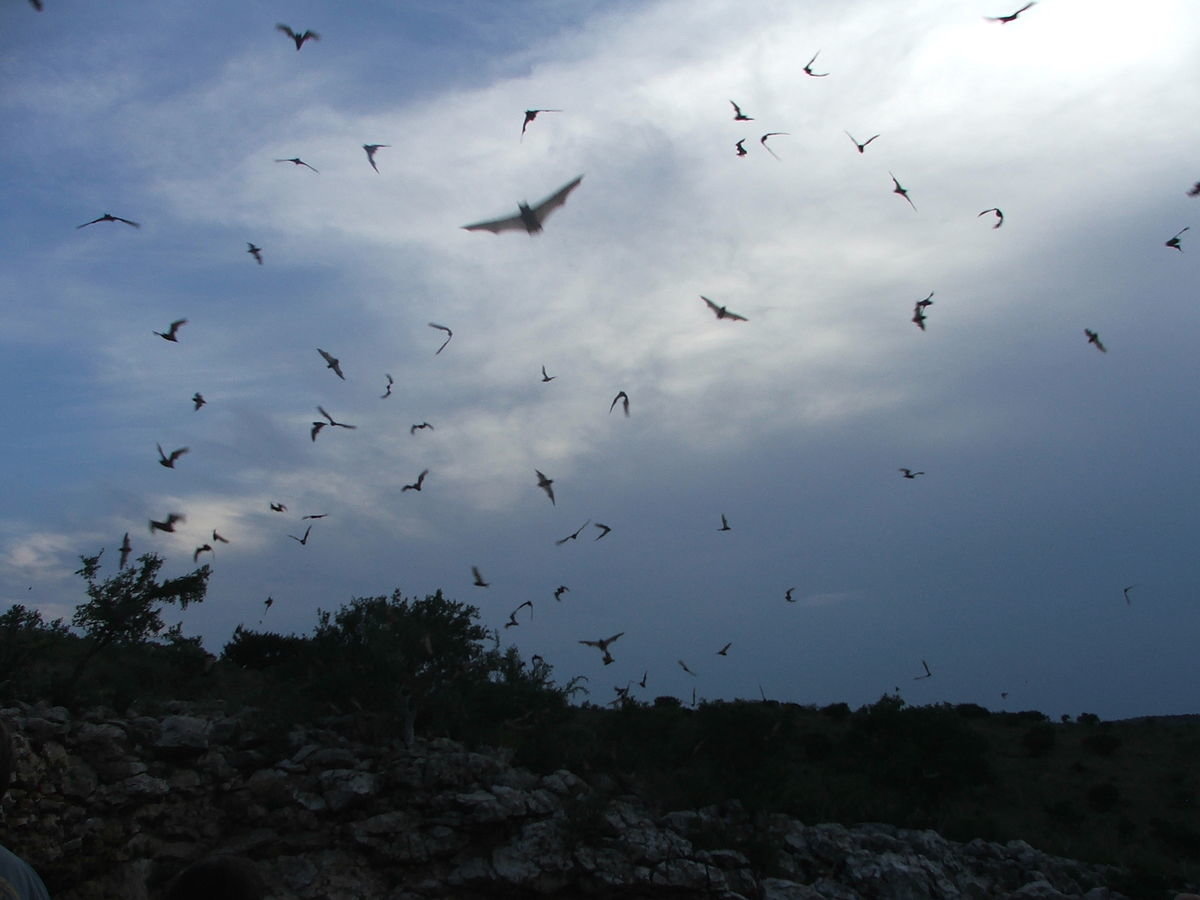
Perhaps you know that the fastest animal in the sea, the sailfish, cruises through the water at 68 mph.
In the sky, the peregrine falcon reigns supreme. Wings folded as the bird plummets through the air, it reaches 220 mph to divebomb unsuspecting prey with the advantage of gravity.
Next to those more familiar speed freaks, the Brazilian free-tailed bat flew under the radar.
They are little yet voracious animals, known to gobble up moths, beetles and other insects by the hundreds each night.
They fly in clusters of several million, their colonies forming the largest collection of warm-bodied animals around.
As for their flying speeds, it was thought to be a respectable but not record-setting 59 mph.
The truth is faster — a lot faster, according to new research led by ecologists at the University of Tennessee at Knoxville.
The bats were documented flapping, level to the ground, at a whopping 100 mph.
In a study published Wednesday in the Royal Society Open Science journal, the scientists described following bats for a week in 2009 to learn more about their flight patterns.
To do this, the researchers glued small radio transmitters to the backs of seven bats, one per night.
A Cessna 172 airplane was flown from an airport near a bat cave in Uvalde, Texas.
A scientist at the mouth of the Frio Bat Cave caught a female bat in a net as she was leaving — the bats were small, weighing 11 or 12 grams (the weight of a AAA battery) — and applied the transmitter to her back.
The Cessna, flying at 4,200 feet, tracked the radio signal. From there, the scientists could measure the flight path of the bats.
And they discovered, in short bursts, the bats could hit record speeds.
Although birds were generally considered to be superior fliers to bats, the Brazilian free-tailed bat's 100 mph flight is faster than any other known animal.
Peregrine falcons hit higher speeds when traveling downward vertically — given an accelerating boost from gravity — but the raptors flap along at about 60 mph.
The bats' bodies enable such blistering speeds, with narrow wings that come to pointy tips.
They also fly like you might expect a human to pilot a plane.
"When they have a headwind, they fly faster. When they have a tail-wind, they slow up," said University of Tennessee at Knoxville bat expert and study author Gary McCracken in a statement.
"This is exactly what has been demonstrated in other flight machines, from airplanes to birds."
Source: The Washington Post



Ive seen a huntsman spider accelerate to half that speed in less than a second!.."rain forest Cairns Queensland".. Cant say i clocked it with some stop watch but i bet it would catch one of those Brazilian bats if it wanted!